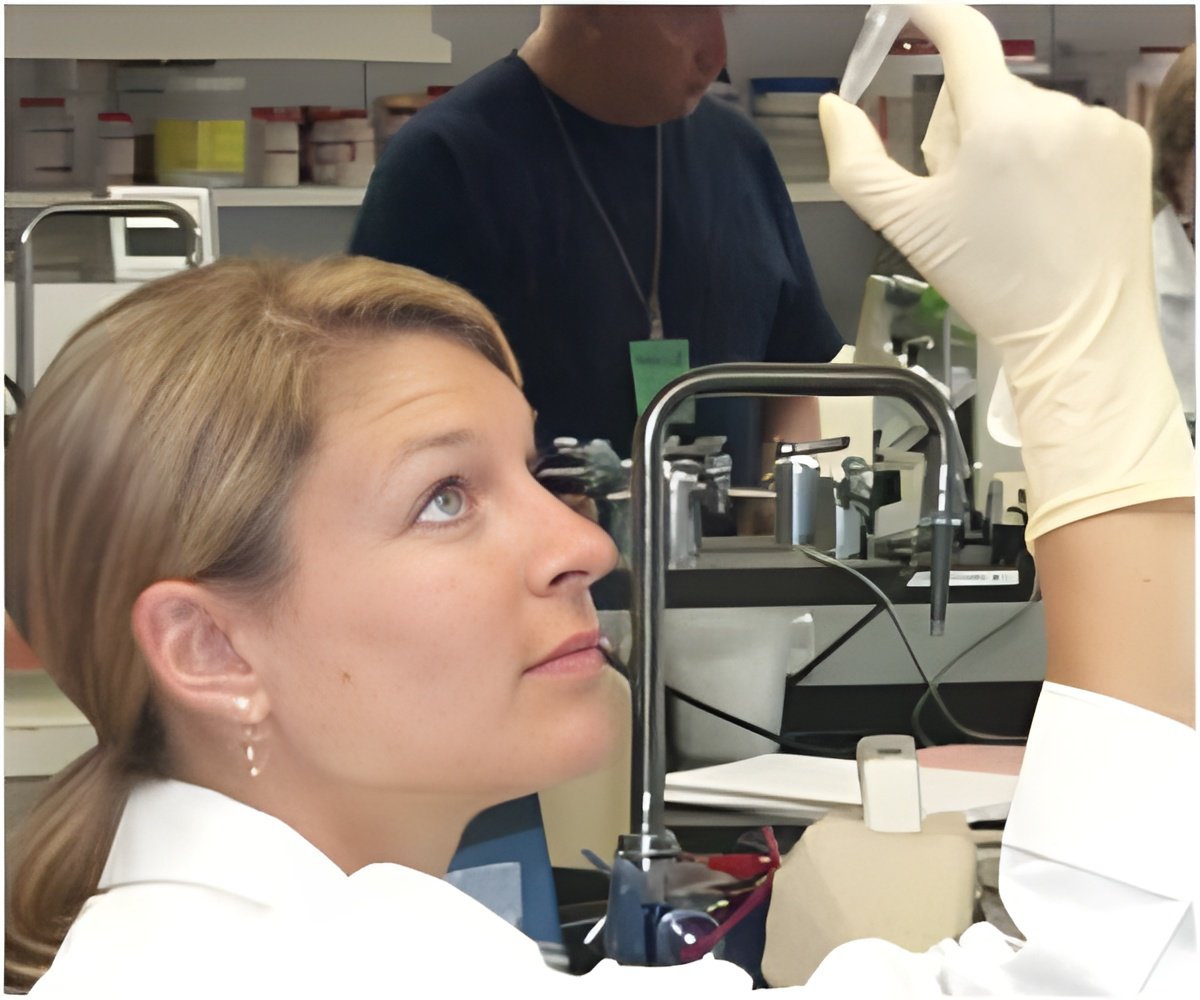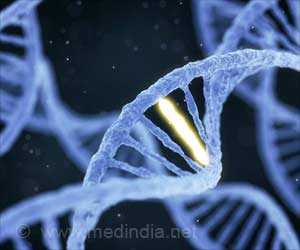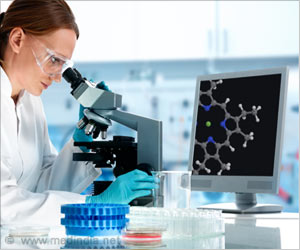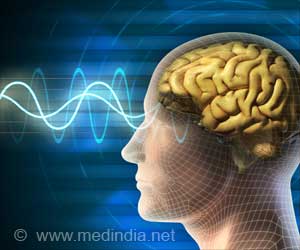The new technique allows the detection of interactions between a large number of proteins and RNA molecules at the same time.

‘The method was designed to be inexpensive and doable, making it accessible for every standard biomedical research laboratory.’





New technologies allowed scientists during the last decades to understand the genetic information an organism possess, which of this information is actively used and which proteins are made by the cell in different circumstances. Now it is a big challenge to understand how biomolecules such as proteins and RNA messenger molecules combine to form the complexes required for a functional cell. In other words, we know the ten thousands of parts a cell is build off, but we don't know how they belong together. The method, whose development was led by Sebastian Maurer in collaboration with the Luis Serrano laboratory, is the first technique that allows the detection of interactions between a large number of proteins and RNA molecules at the same time. The researchers put emphasis on the development of a doable and affordable method which is widely applicable.
"Our method reliably measures interactions between many proteins or many proteins and RNA fragments without the need for expensive, specialized equipment," explains Sebastian Maurer. "This methodology can be used by any standard biomedical research laboratory and will be useful for studying a particular process in the cell but also for researchers having to explore millions of protein interactions at a time to look for a complex involved in a particular disease," he concludes.
Two CRG laboratories successfully combined their expertise in bioinformatics, biochemistry and molecular biology to implement and validate the method. "Our collaboration resulted in an affordable and feasible method that produces high-quality maps of protein-protein and protein-RNA interactions", says Jae-Seong Yang, postdoctoral researcher and co-first author of the paper. "Interactions between proteins and RNA are key for many biological processes including gene regulation, and our method is the first that can detect interactions between hundreds of proteins and RNAs at the same time. Having such an efficient new tool at hand will be extremely helpful to answer important questions related to many diseases," states co-first author of the study and CRG researcher Mireia Garriga.
Source-Eurekalert









